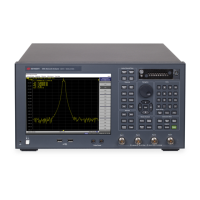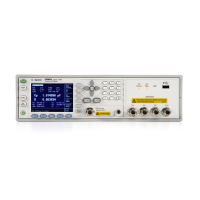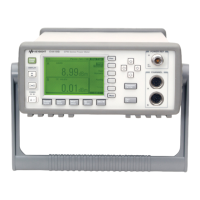E5071C
292
The target search is a function that searches for a target that matches the
pre-defined target value and transition type(s) (positive, negative, or both
positive and negative) and then moves the marker to that target.
Target and Transition Types
A target is a point that has a specific measured value on the trace. Targets
can be divided into the two groups shown below depending on their
transition type.
Transition type:
Positive (Positive)
When the value of the target is larger than the
measured value that immediately precedes it (on
the left side)
Transition type:
Negative (Negative)
When the value of the target is smaller than the
measured value that precedes immediately it (on
the left side)
Executing a Target Search
The following three methods are available for executing the target search:
Target
search
(Search
Peak)
The marker moves to the peak with maximum response
value if the peak polarity is Positive or Both or to the
peak with minimum response value if the peak polarity
is Negative.
Search left
(Search Left)
Executes the search from the current marker position
to the smaller stimulus values and moves the marker to
first target encountered.

